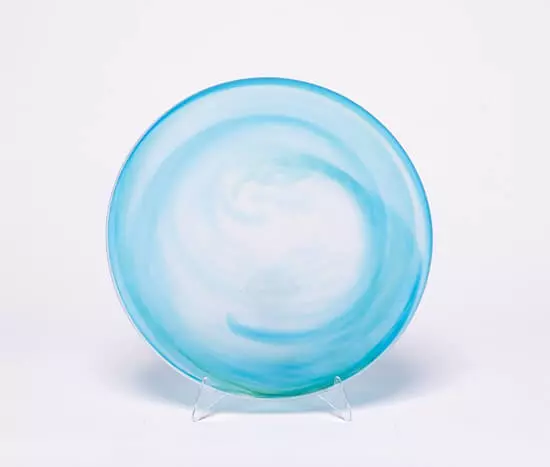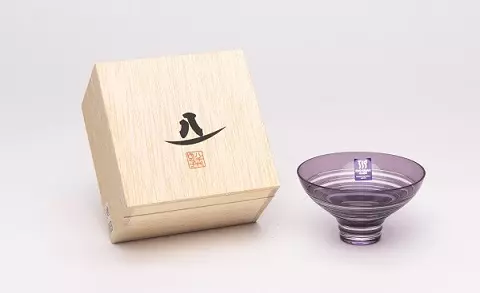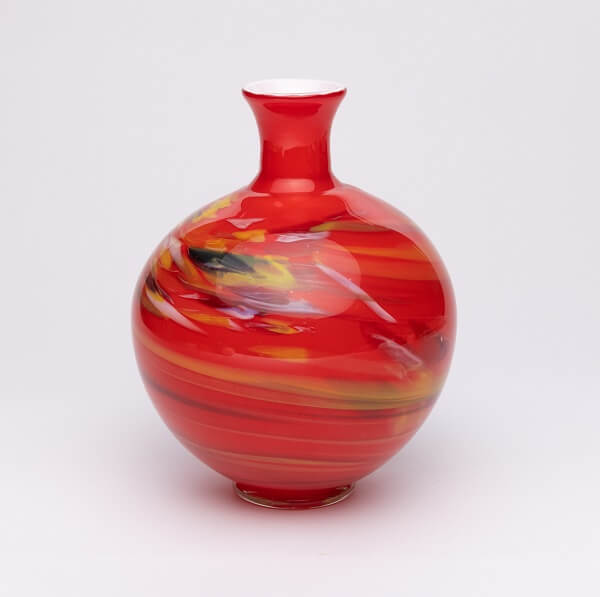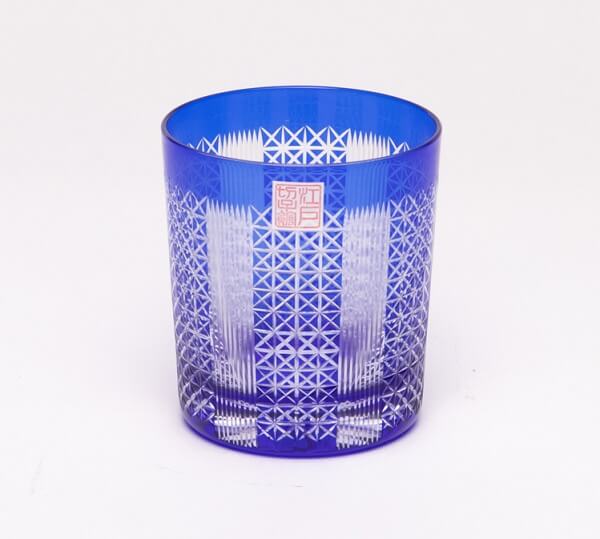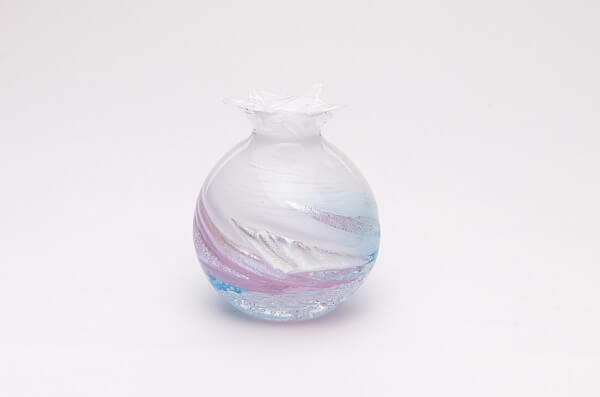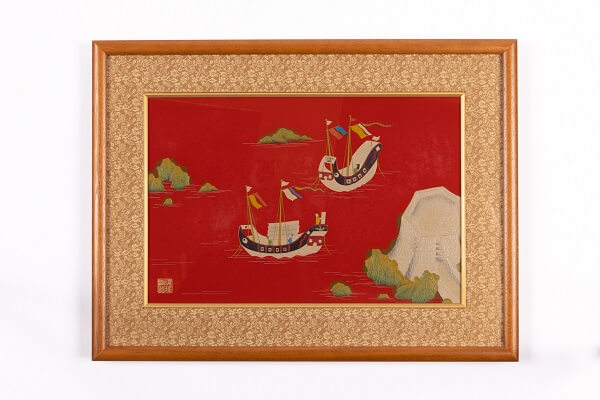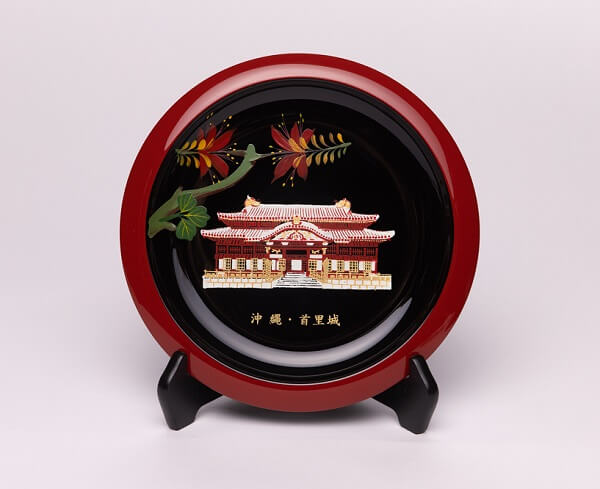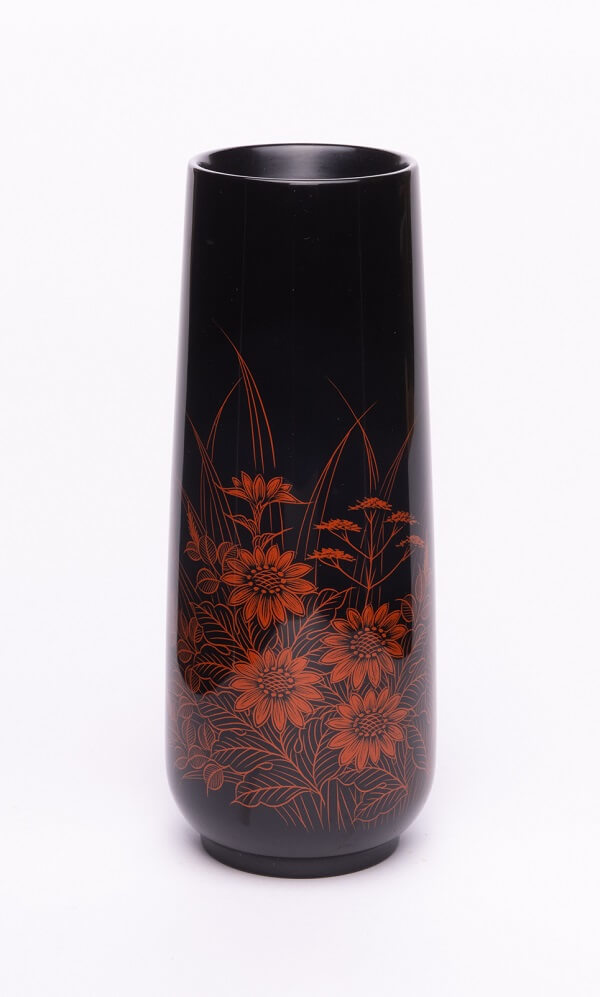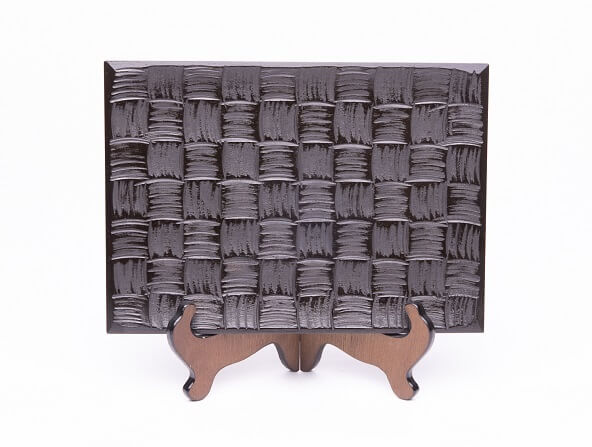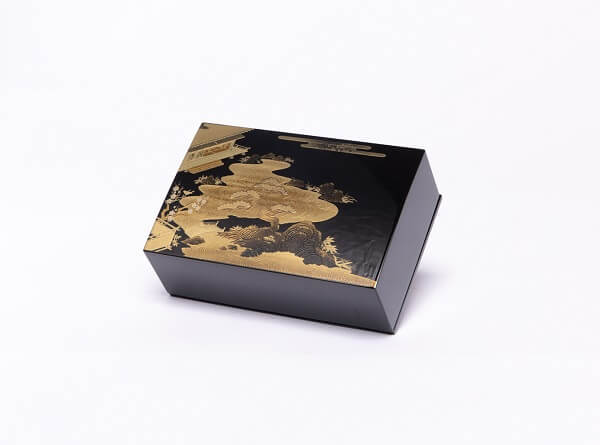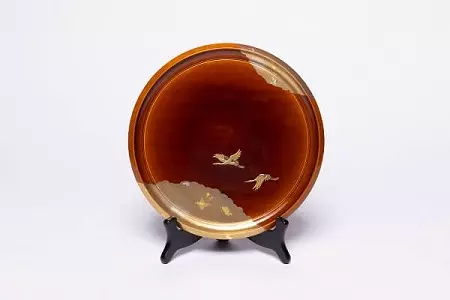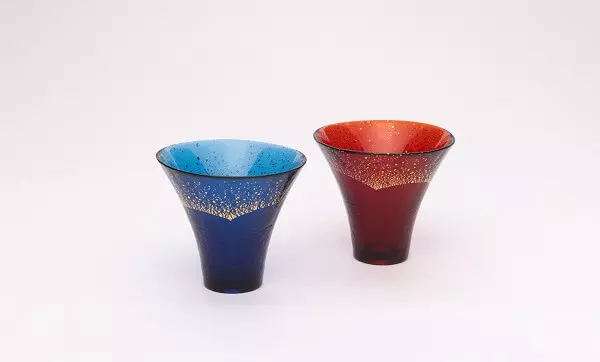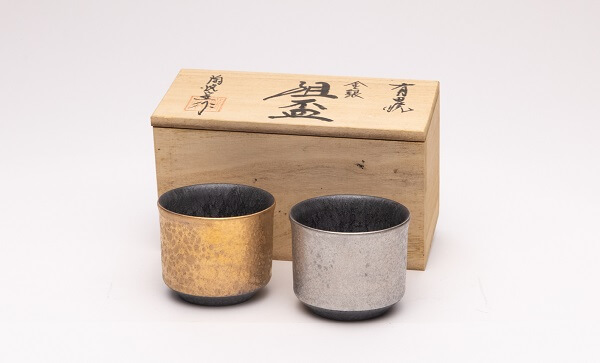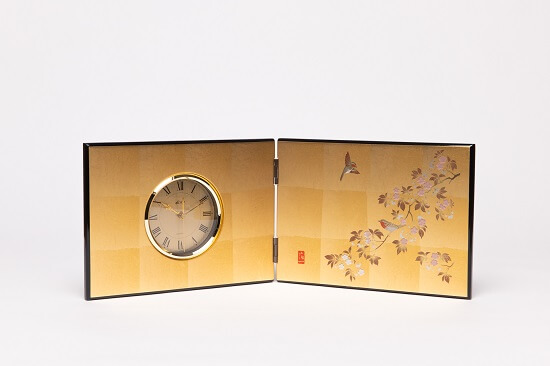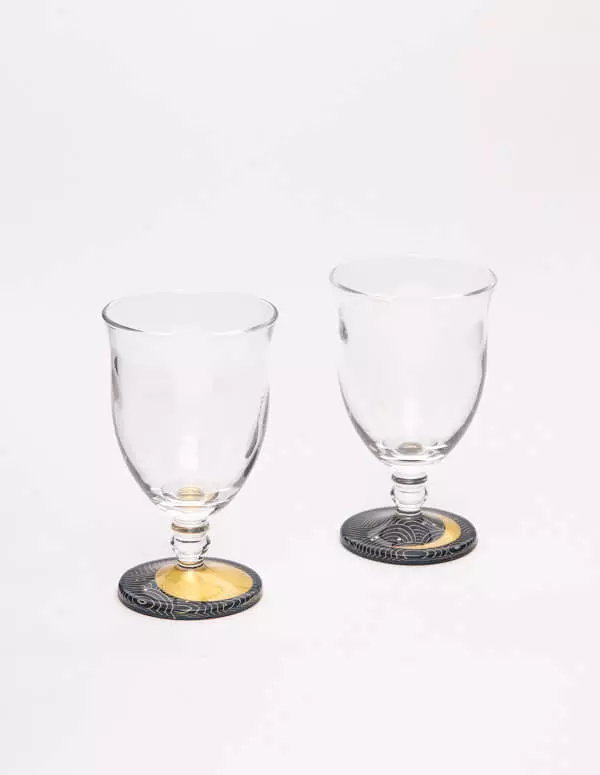
.jpg)
Refined and Exquisite Craftsmanship – Japanese Crafts
Exploring the legacy and craftsmanship of Japanese culture through refinement and exquisiteness
Updated at 2022-07-08
Glass art
The Japanese people call glass art “garasu,” which refers to the product that is produced by smelting natural minerals such as silica, soda ash, and limestone at high temperatures. Ordinary glass is colorless and transparent, but Japanese glass craftspeople are magicians of color and like to mix different metal elements during the firing process to produce hundreds of different colors. Mainstream Japanese glass crafts can be divided into two types: hand blown and machine cut. Hand-blown glass typically contains air bubbles, and each piece differs slightly in size and shape. The result is works that are unique and unmatched. Patterns can be engraved on the surface of glass. One example is “Edo Kiriko,” which is representative of traditional Japanese colored glass crafts. It’s a traditional craft of Tokyo that arose several centuries ago, and there are about 20 types of patterns, most of which are flowers and plants. The texture is clear and the colors are vivid. You can appreciate the color changes, transparency, and refraction of the products, all of which have a radiance that comes from the interaction between light and glass.
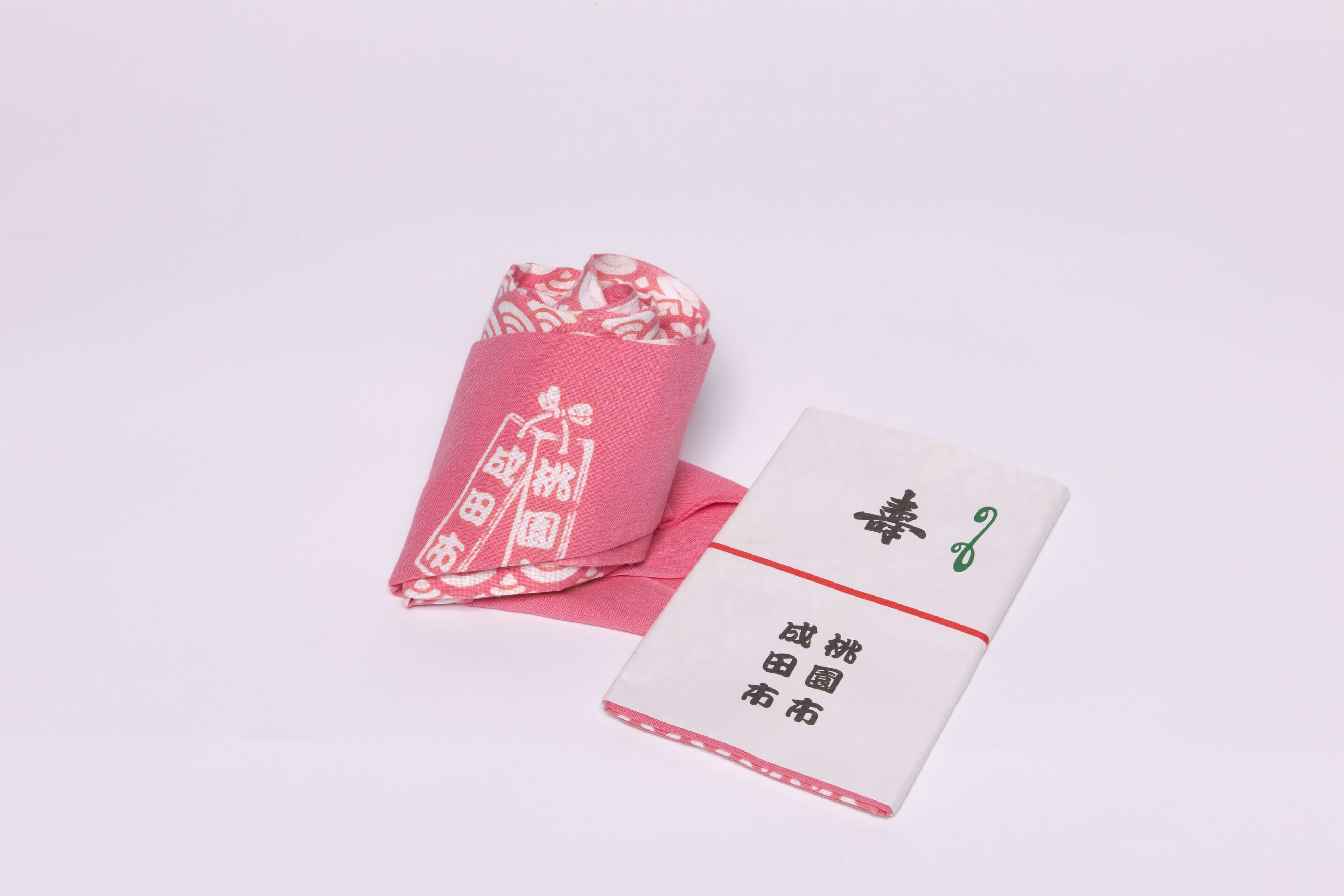
Taoyuan-Narita Commemorative Tenugui
Tenugui is a traditional Japanese handkerchief. Popularized during the Nara period, tenuguis has become a necessity of Japanese life. They are thin cotton fabrics cut into 90x35 cm rectangles commonly used for drying. They are also used as headbands or aprons. Although there are fewer opportunities in modern life to use tenuguis , they remain extremely popular as gifts for their elegant tie-dyed or printed patterns. This tenugui was specially made to commemorate the strong relationship between Taoyuan and Narita.
Gifted by Kazunari Koizumi, Mayor, Narita City
<Read More "Taoyuan-Narita Commemorative Tenugui">
A variety of lacquerware
Lacquerware also has a place in traditional Japanese craftsmanship. It’s called “nurimono” (coated things) or “urushi-nuri” (lacquer coating). There are over 40 steps in the lacquer-making process from processing source materials to applying the lacquer, and even the simplest utensils require several months to complete. Most objects in this world become outdated and mottled over time, but only lacquerware becomes more valuable with use. Lacquerware feels sturdy and does not damage easily, and even frequent usage will only leave behind small surface scratches. The overall luster, however, will become brighter and more charming. There are many types of and uses for lacquerware, including tableware such as plates, bowls, and chopsticks, and decorative items such as boxes, vases, and hanging art. In this exhibition, the spotlight is on Kagawa lacquerware. The pieces were made using five different techniques: kinma, goto-nuri, zonsei, choshitsu, and zokoku-nuri.
Beauty of the Gold Leaf
Gold foil art originated in Egypt and was later introduced to Japan through China. Gold foil has been widely used in handicrafts since 1975. 99% of Japan’s gold foil comes from Kanazawa, Ishikawa Prefecture, which has excellent water quality and high humidity. Even under favorable conditions, producing gold foil is extremely challenging. First, gold is melted into an alloy at roughly 1,300 degrees celsius. The malleable alloy is then pressed and extended until it reaches a thickness of 0.0001 mm. The foil is so thin that it will drift out of your palm with the slightest breath, so artisans often hold their breath while working with gold foil. This exhibit embodies the application of gold leaves in a variety of crafts, including lacquercraft, glassmaking, woodwork, and steelwork.

